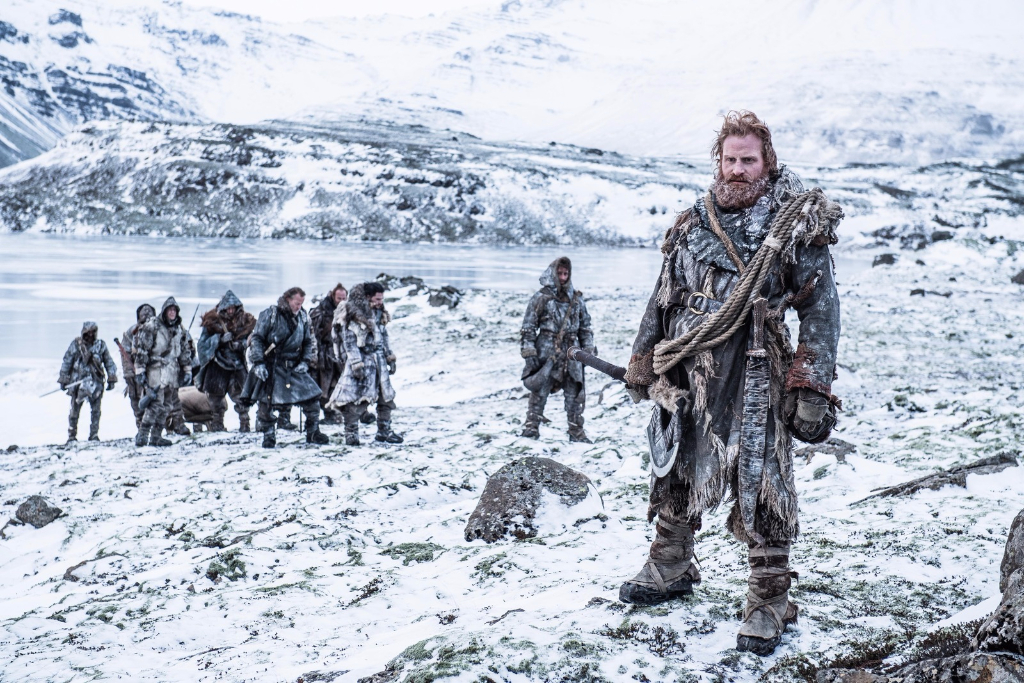The Inconsistency Of Sansa Stark, And Game Of Thrones’ Women Problem
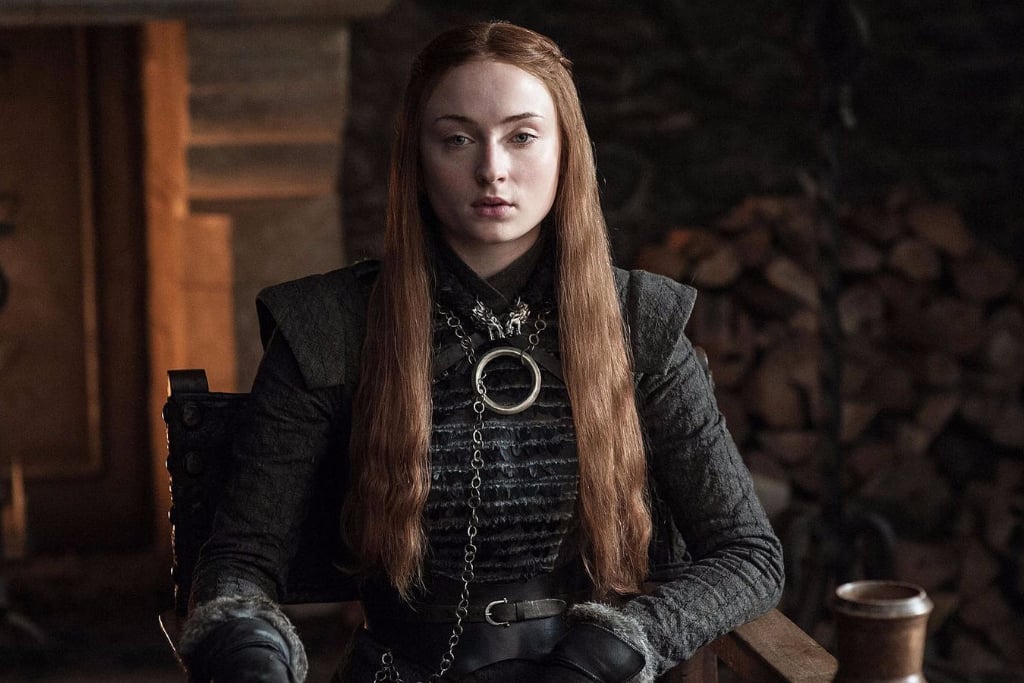
From its depiction of sexual assault to poor characterisation, Game of Thrones has always had issues writing female characters. Sansa Stark’s story has been especially compelling as she grew from a snobby teenager to a smart player in the Game – right up until she wasn’t.
Season seven of Game of Thrones was replete with huge moments that inspired avid discussion: dragons, deaths, incest, betrayals, and the largest gathering of the show’s cast to date. But the focus on the forward momentum of the plot and big moments has had a negative impact on the show’s character development. This is particularly true for the female characters, including Sansa, the Lady of Winterfell, whose decisions have become dictated by the machinations of the plot rather than what makes sense for her character development.
The Ups And Downs Of Being Sansa Stark
Sansa Stark began Game of Thrones as the least likeable of the Stark children – at least she’s always been more memorable than Rickon, who I keep forgetting died last season. She was snobby, rude to her younger sister Arya, and was dazzled by the finery of King’s Landing. She styled herself after the Queen, and willingly informed the Lannisters of her father’s actions.
When Sansa’s father Ned was arrested and executed for treason, she became a prisoner of the Royal Family. She had witnessed some of Joffrey’s cruelty, but wasn’t aware of its extent until he gloated to her by displaying Ned’s head on a spike. Suddenly, Sansa’s story became one of survival. She needed to be in Joffrey’s good graces (if they existed) to stay alive. Fortunately, Sansa had spent enough time with the King (still her fiancé) to know how to flatter him. When Joffrey wanted to execute Ser Dontos for his behaviour, Sansa suggested an alternative — let the man live and become a fool — knowing that Joffrey enjoys humiliating people as much he does having them killed.
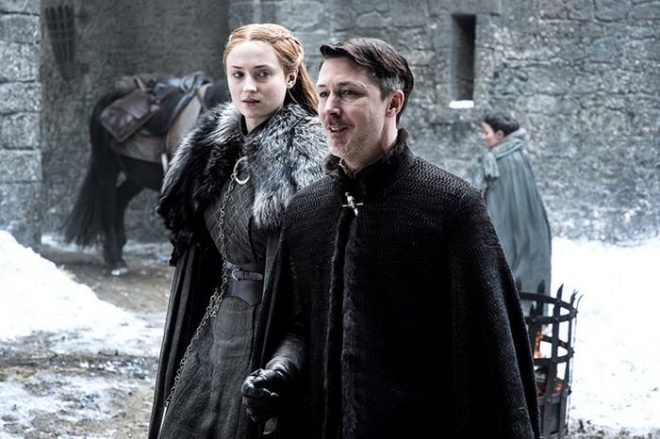
Littlefinger and the Vale
Sansa survived King’s Landing for three seasons, before Dontos assisted Littlefinger in her escape to the Vale. Littlefinger married Sansa’s aunt Lysa, but he had a crush on the much younger Sansa, and kissed her in the Vale’s courtyard. Lysa witnessed the kiss and tried to kill her niece, but Littlefinger murdered his wife and was brought to trial before the Lords of the Vale.
Sansa was called forward as a witness in his trial, and was in a position of power for the first time. Sansa used her testimony at Littlefinger’s trial to support his alibi after revealing her true identity to the Lords of the Vale. Having survived King’s Landing, Sansa knew how to read people and use their weaknesses to control a situation. She secured Littlefinger as an ally and showed him that she could manipulate him in one of her most powerful scenes of the series.
Game Of Thrones’ Women Problem
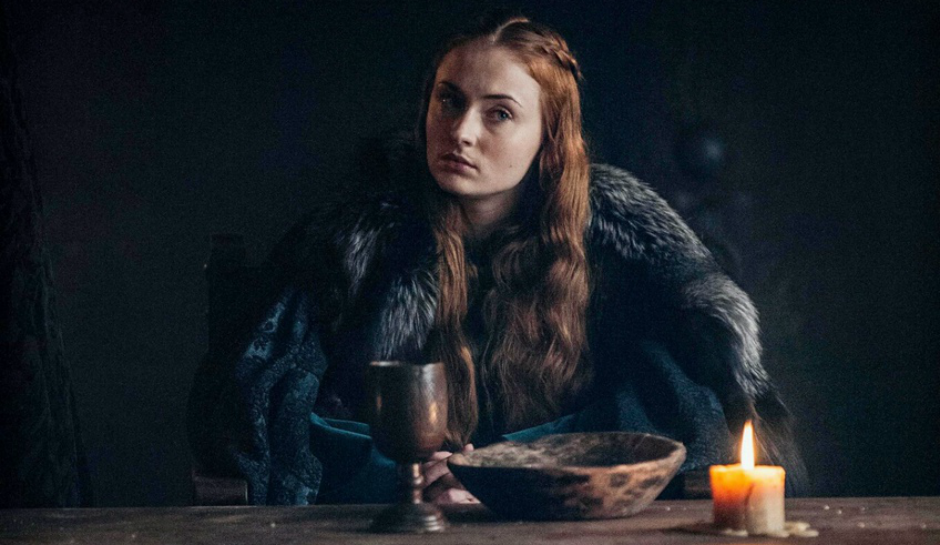
One of the best aspects of Sansa’s manipulation of Littlefinger in season four is that it was a significant departure from the books. Book Sansa is still in the Vale eating lemon cakes and avoiding her younger cousin. But TV Sansa became an active participant in the Game of Thrones, which is why it was so frustrating when she once again became a victim.
Sansa’s storyline was at its worst in season five, when she married a psychopath who sexually assaulted her. When the show initially diverged from the books, it seemed like an improvement on posing as Littlefinger’s bastard daughter in the Vale, which wasn’t particularly interesting. Sansa’s return to Winterfell however became yet another story of sexual assault to serve the character development of a male character who witnessed her rape. In a single scene, Sansa once again became a victim, having previously been an active player in the Game.
Fans of the show asked whether it really needed to go there, after it had already attracted criticism for its portrayal of a scene that many viewers saw as rape during the previous season. The writers promised viewers that it would pay off. In some ways it has, but Sansa’s erratic decision-making has diminished her more powerful moments. In the space of one scene, Sansa Stark became yet another victim of sexual assault on a show that had been repeatedly criticised for its treatment of female characters.
Sansa In Season 7
Sansa’s characterisation has been inconsistent at best since escaping (and returning to) Winterfell. She had great moments, including confronting Littlefinger for marrying her off to Ramsay, but they’ve been undercut by decisions she made that were merely necessary for plot development. Her recent feud with her sister Arya felt inorganic, as if neither sister had spoken about their experiences after they reunited, and it felt like the show was reigniting the petty arguments they’d had as children.
When the show finally revealed that the sisters had teamed up against Littlefinger, it was thrilling (I loved it!) but it raised questions. Were they working together the whole time? If not, at what point did they figure out that Littlefinger was manipulating them both? Why was Sansa so rude to Brienne when she sent her sworn protector to the summit at King’s Landing? Littlefinger’s comeuppance was something I desperately wanted to see, but there was little work done to establish Sansa and Arya’s possibly staged feud, and it felt a little flat.
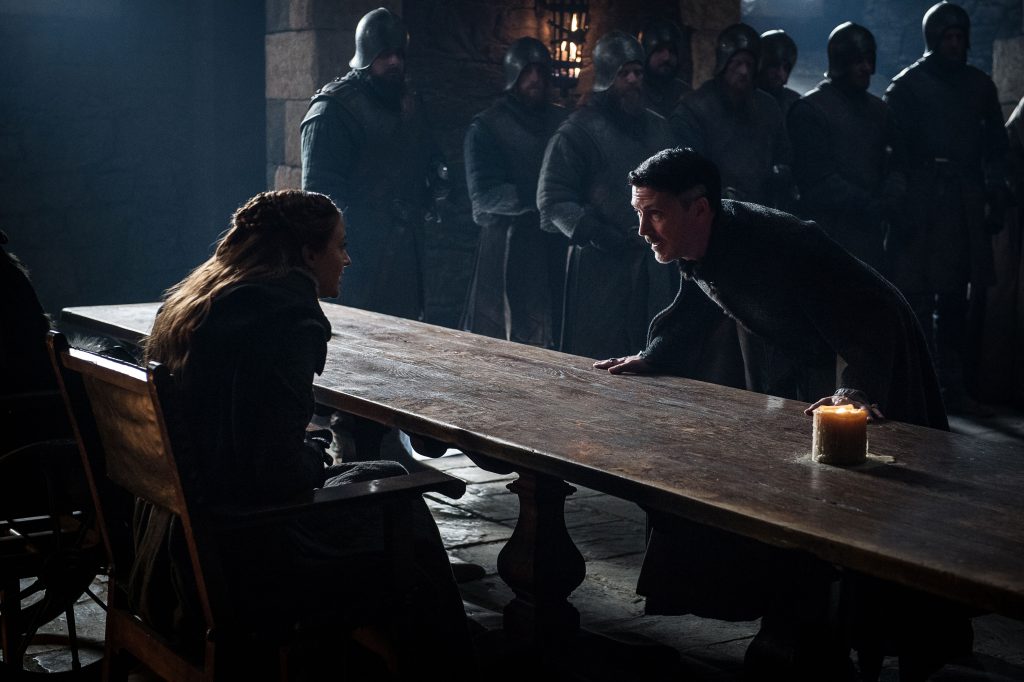
A Bunch Of Dudes Writing Female Characters
Sansa’s inconsistency is frustrating from a character perspective, because she’s a compelling character who has proven her worth, especially in the season seven finale. But she makes decisions that undermine her intelligence. Her actions in seasons six and seven, including the fight with her sister Arya, is the latest instance of how poorly and inconsistently Game of Thrones can treat its female characters.
A quick look at the writers and directors who have worked on Game of Thrones is illuminating. Only four episodes of Game of Thrones have been written by women; season one’s “A Golden Crown” by Jane Espenson, and three episodes in seasons two and three by Vanessa Taylor. Michelle MacLaren (Breaking Bad) has directed four episodes of Game of Thrones, and is the only female director on the show’s roster. An increase of female voices in production could have alleviated some of the problems Game of Thrones has had writing female characters.
The women of Game of Thrones are varied – warriors, queens, assassins and noblewomen – but the writers have a better grasp on female characters with more traditionally male characteristics. This reflects the male-dominated production team: the writers have always been better at writing Sansa’s sister Arya, who learned to fight, posed as a boy to escape King’s Landing, and eventually trained as an assassin. It’s easier for men to identify with a character like Arya, because it wouldn’t be an unusual story if she was a boy. Arya’s storyline has had its issues, but it has generally been more consistent than Sansa’s, which has varied in quality.
Sansa emerged as a player in the Game of Thrones, but not long after she had an opportunity to display her capability and intelligence, she was relegated to the role of victim. The male perspective of female characters gives the impression that a woman can only be a victim or empowered, without allowing for the large grey area in between. By only allowing Sansa to be one or the other at any point in the series, her characterisation has been inconsistent because she hasn’t been afforded the same complexity as the men in the show or even her sister.
Sansa’s story in Game of Thrones has been one of progression and regression. The eldest Stark daughter grew from a prisoner to a political player, then went backwards as she became a victim. The decisions she’s made in seasons six and seven have been inconsistent – her recent fight with Arya felt out of character for both women, and the revelation that they’d been working together raised questions than it answered.
Sansa’s inconsistency reflects the male-dominated production team, who haven’t allowed her to be as complex as the show’s female characters with more traditionally male characteristics. Sansa’s great moments have been some of my favourites in Game of Thrones, but even her scheme against Littlefinger in the finale fell flat because it didn’t feel like the show earned that moment.
But if I’m being honest, I’m going to watch that scene again very soon, because that’s how I like to watch Game of Thrones.
—
Leah Rocke is a Melbourne-based critic who writes weekly streaming guides for DeciderTV. She tweets about reality television and Game of Thrones theories @forthejokes.

